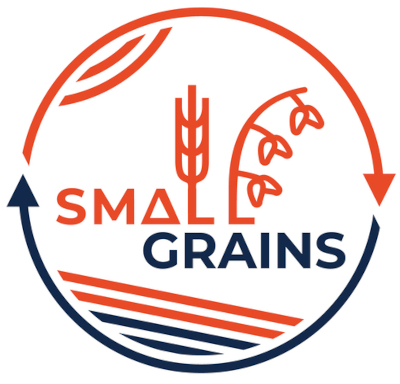Soft Red Winter Wheat
The mission of the soft red winter wheat (Triticum aestivum L.) breeding program, led by Dr. Jessica Rutkoski, is to develop varieties that can help improve farm income and support greater cropping system diversity in Illinois and surrounding states, a region that produces 12% of the nations’ winter wheat.
In Illinois, most of the wheat is grown in the southern half of the state where wheat can be harvested prior to soybean planting in the same growing season. This double-cropping system can be more profitable than growing a single crop of either soybean or wheat.
We primarily breed for the main traits driving the profitability of wheat in the double-cropping system in Illinois which are yield, early maturity, test-weight, and deoxynivalenol (aka vomitoxin) content of the grain caused by the Fusarium head blight (FHB) pathogen, Fusarium graminearium.
The program is in transitioning to a genomic selection strategy. Watch the video (left) to learn more.
Spring Oats
Although acreage of oats (Avena sativa) in the Midwest is low, there is renewed interest in incorporating oats in Midwest cropping systems. When used as a cover crop, oats help to prevent soil erosion. This is important so that soils remain productive and so that nutrients from the soil do not become a source of water pollution. A major short-term objective of the oat breeding program, lead by Dr. Juan Arbelaez, is to develop new cover crop oat varieties for Illinois and surrounding states to support more widespread use of cover crops. The oat program is also investigating the potential to develop new high-value oat varieties with unique health-promoting properties to help improve consumer health while also making oat production economically viable in the Midwest.
